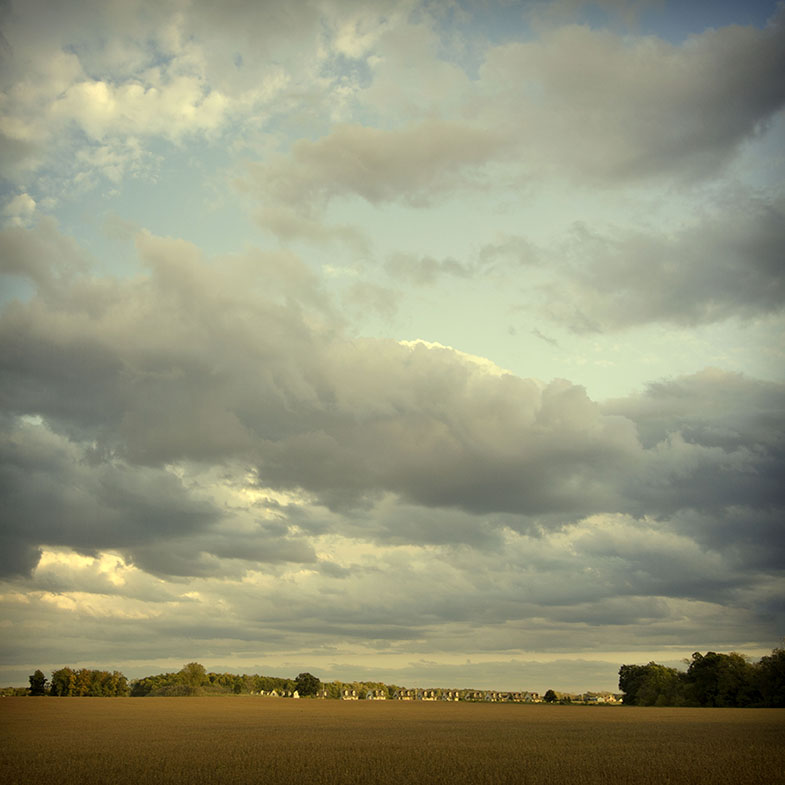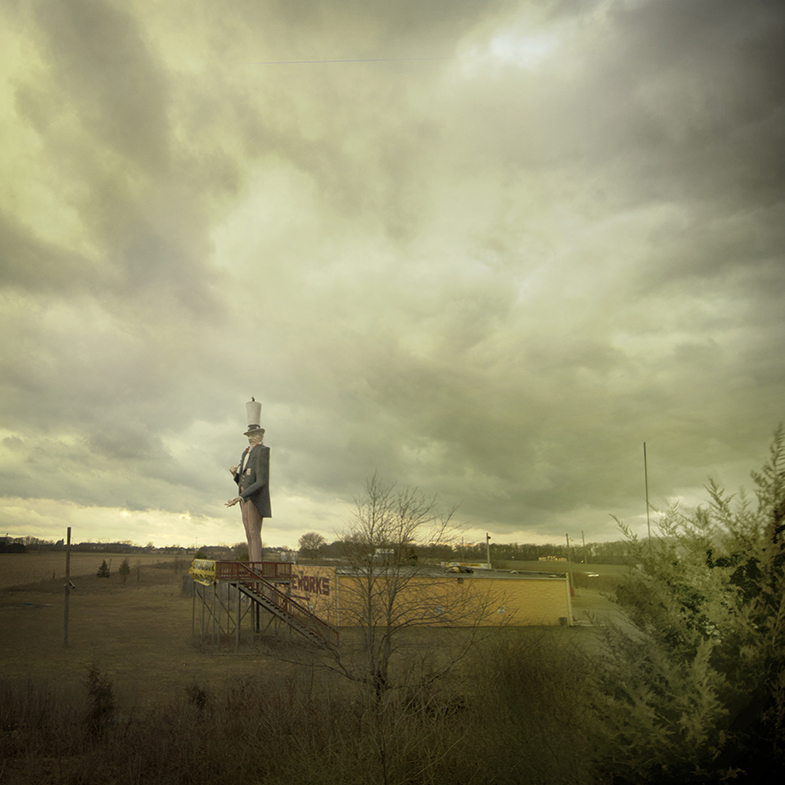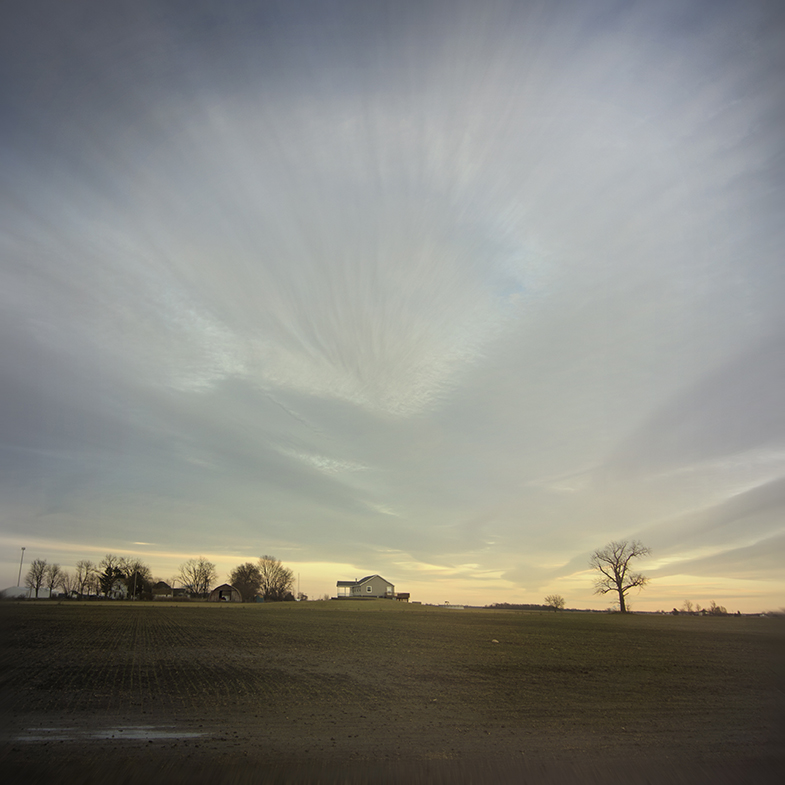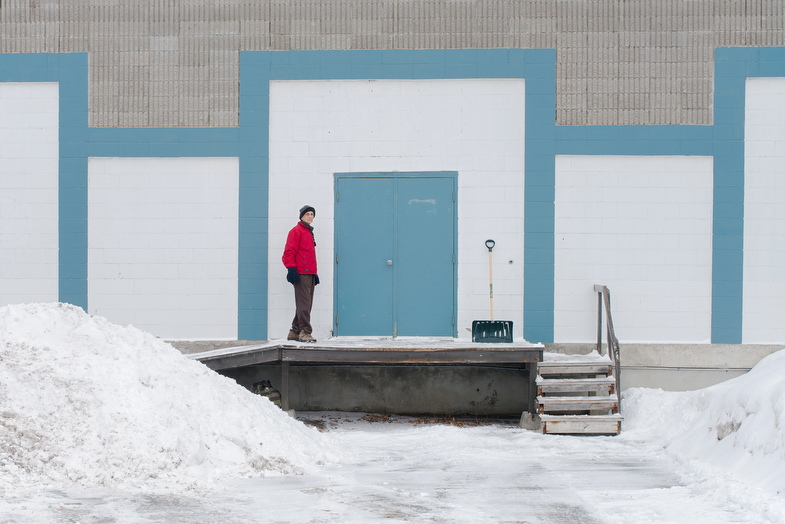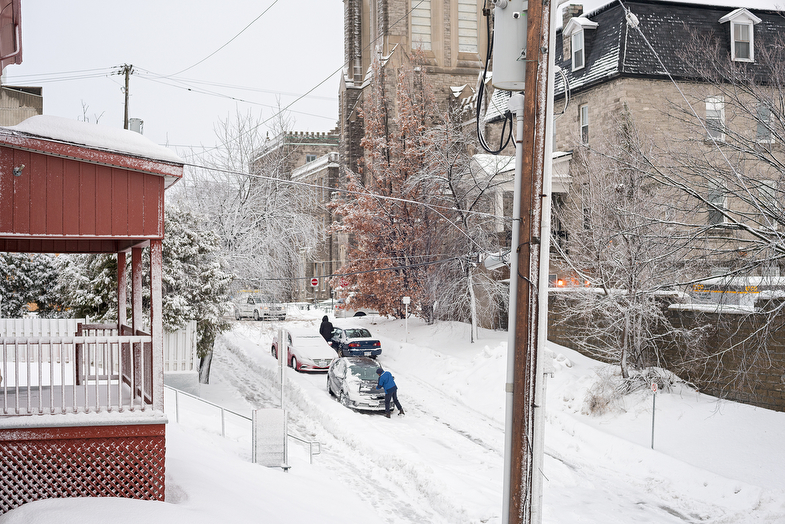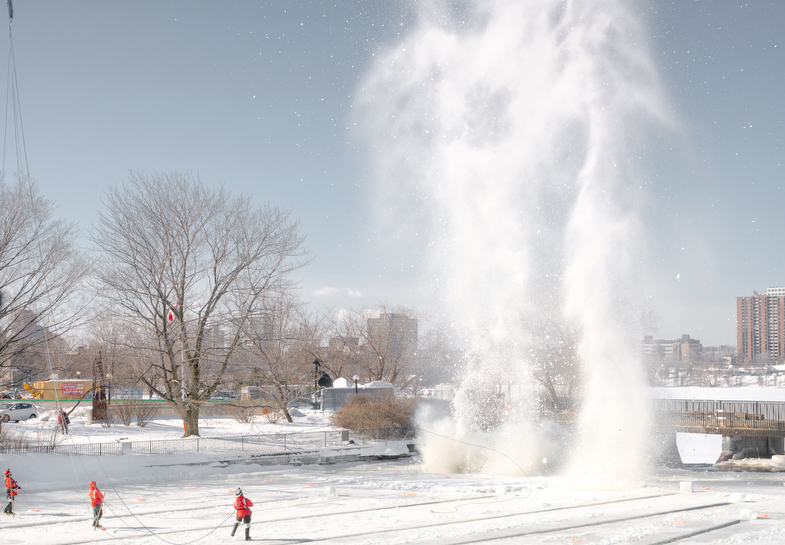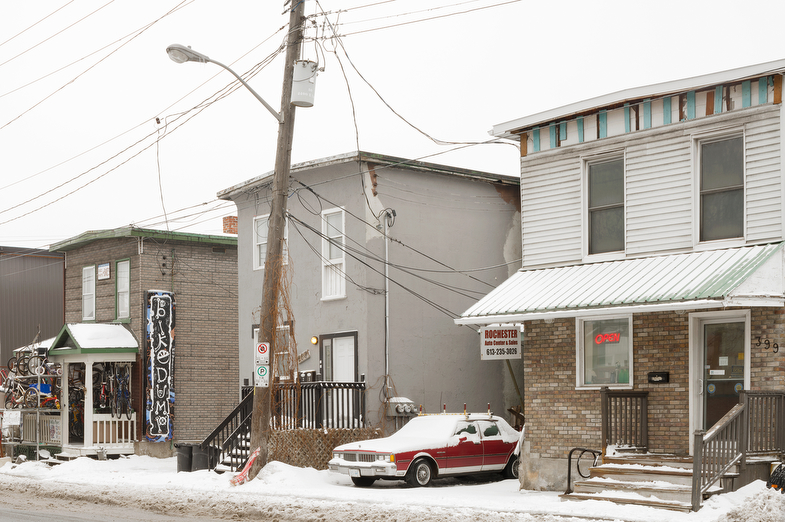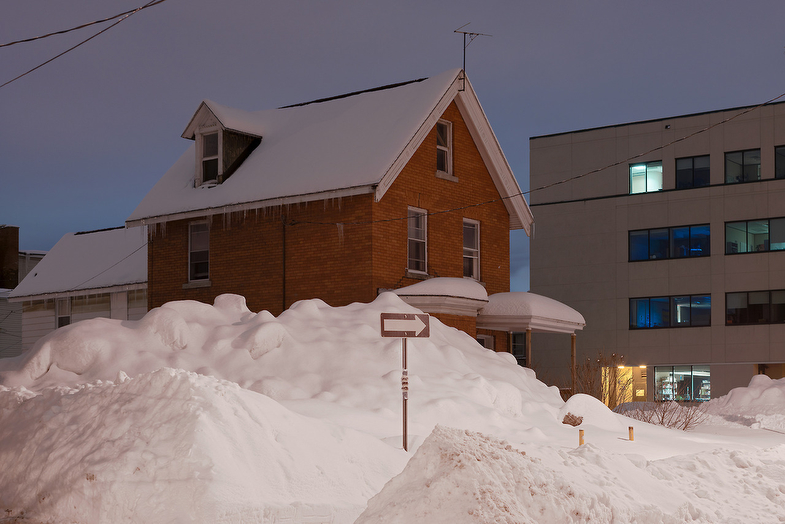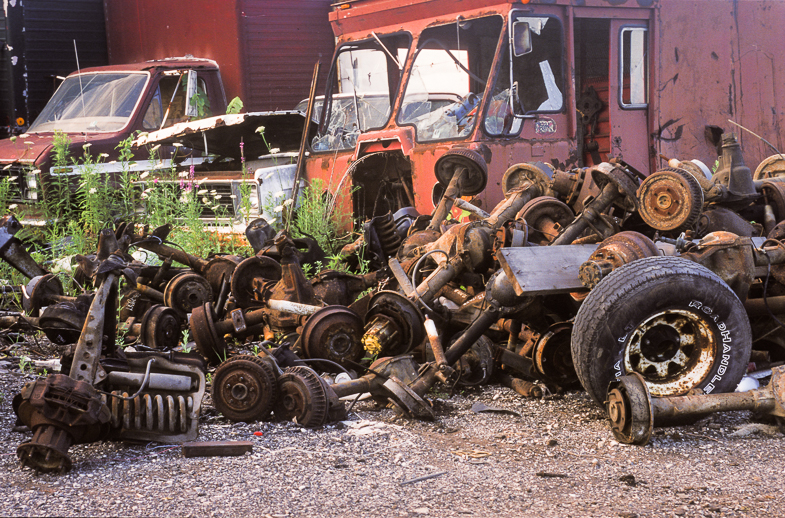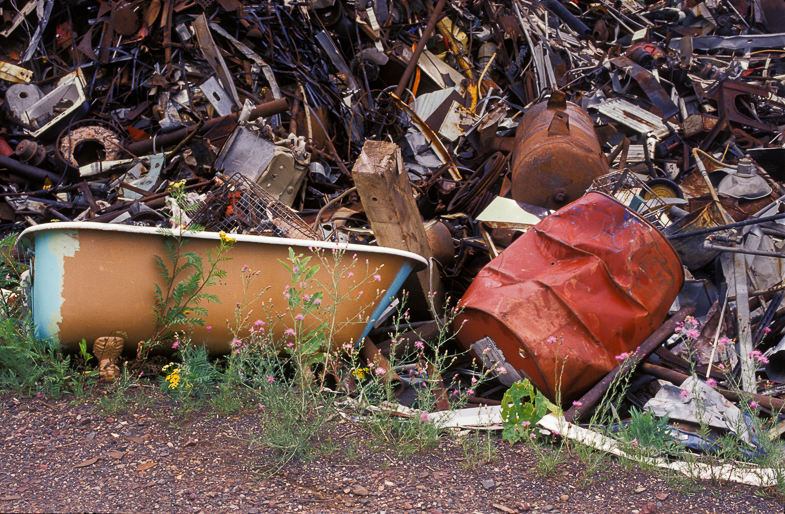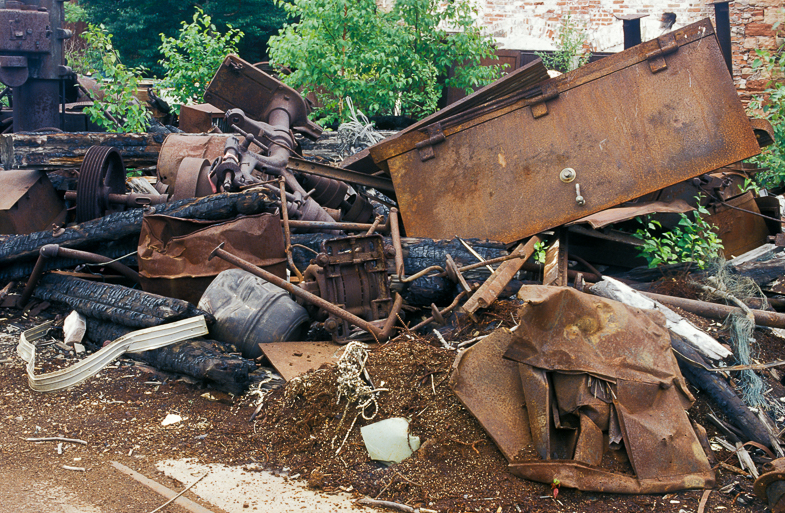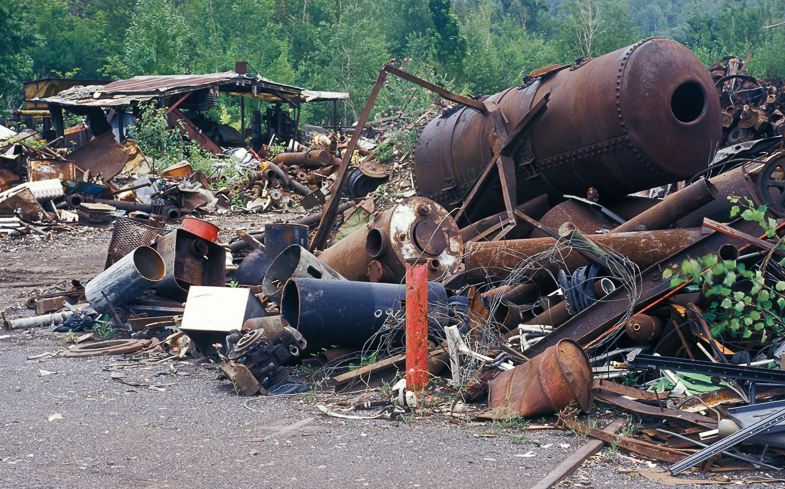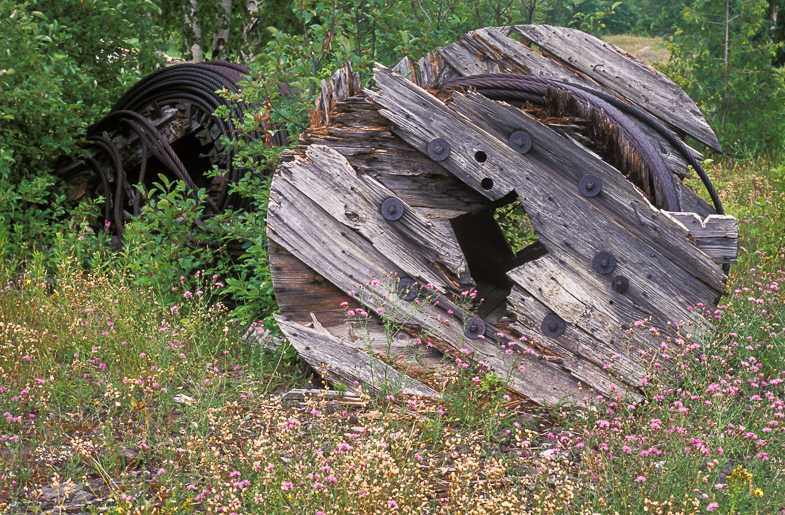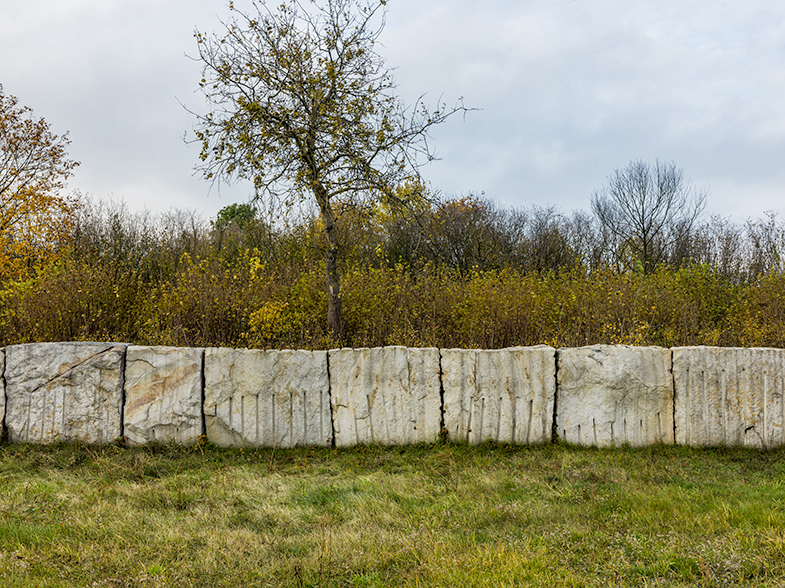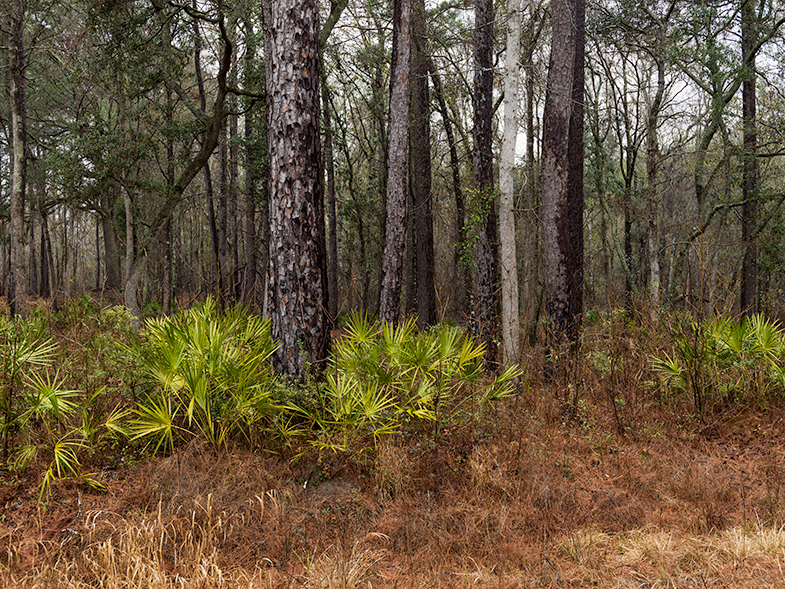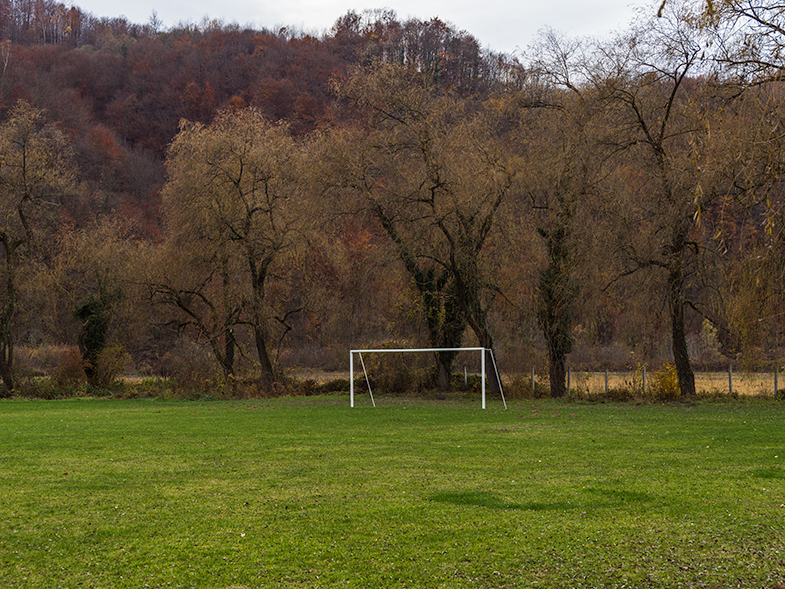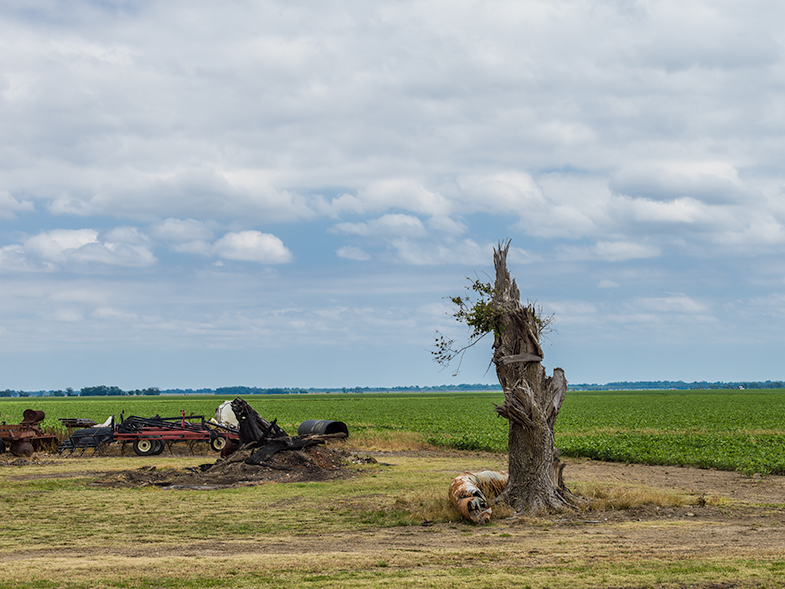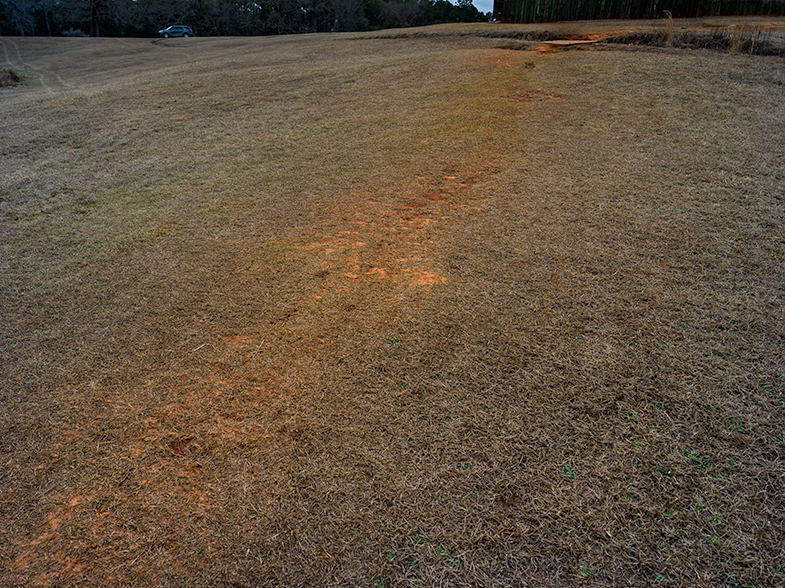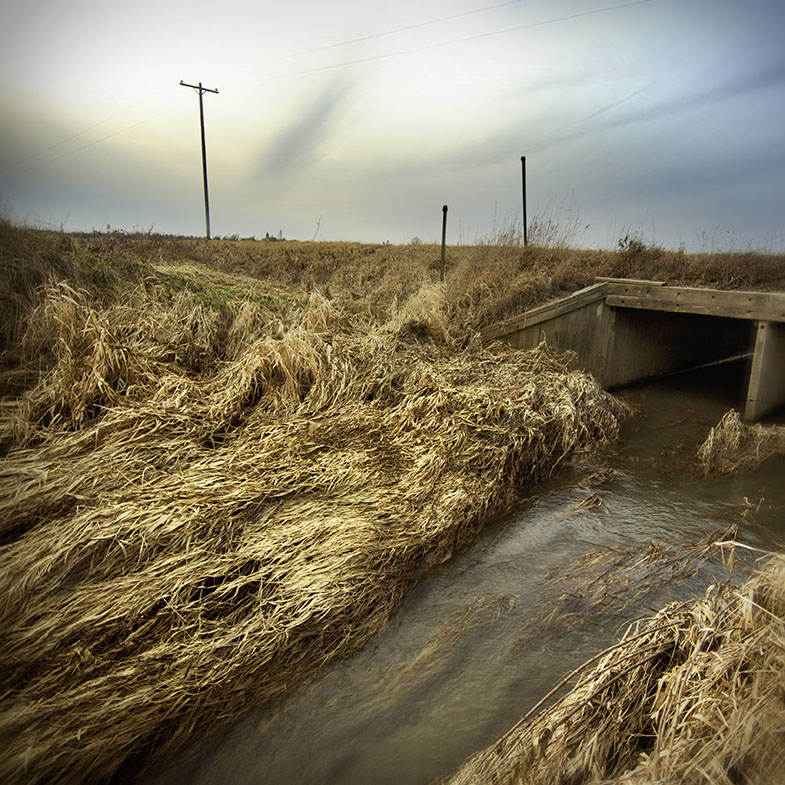
I generally put restrictions on my work: each project is limited by the rules of that project. For the entirety of one project I generally try to limit myself to one film format. Film to me seems more like a discipline that demands respect. For a long time, I shot my professional work on film, then at some point I started to shoot a mix of digital and film. Still, my personal work was always on film.
Last summer I did an Instagram thing with a gallery. I was expected to shoot and post a picture every day for a week — a picture that gave viewers a sense of place, of where I live. I entertained the notion of shooting film, but to shoot, develop and scan every day in addition to my other daily responsibilities just seemed impossible.
So, a few weeks before the project started, I started shooting digital landscapes and putting no restrictions on the work. I just made pictures that I thought gave a sense of place and were fun to look at. I enjoyed working like that and have continued. These pictures are the result of that endeavor.
— John Walz, Waterville, Ohio, USA
